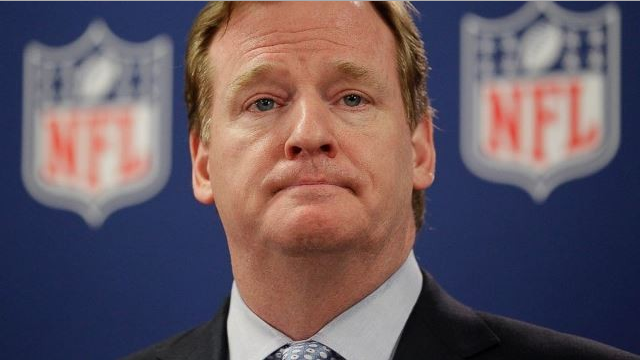Much has been said about the parity of this year’s American League and the wide-open nature of the pennant race. The Washington Times called 2015 “the year of parity,” and before the season, a Baseball America headline declared that “Parity Makes AL Races Tricky To Predict.”
Are these claims actually true, though? To check, I collected All-Star break pennant futures from Las Vegas and offshore for the last four seasons. Using futures is a better metric for determining parity than win totals, as betting odds factor in injuries, trades, and projected trajectories over the course of the season while also cutting through the statistical noise that comes with win totals, which aren’t always a very good measure of team performance, both past and future.
For each season, I ranked each team’s odds from the No. 1 favorite to the greatest longshot and plotted them on a chart. If this year’s AL race is as wide open as many claim, we would expect to see a much flatter line from the No. 1 team to the last-place team relative to other years, with longer-than-average odds for the top few teams and shorter-than-average-odds for the later teams.
*Vegas win probabilities are derived from the implied percentages from betting odds (i.e. 4-1 would convert to 20%) and then dividing these percentages by the sum of the implied percentages on every team (generally around 130%) so that they total to 100 percent.
At first glance, that’s not the trend we seem to see. At the all-star break, the favorite Royals did have lower-than-average pennant probabilities for a division leader (17.2%), but they weren’t quite as long as those of the 2012 National League-leading Washington Nationals, which had only a 14.4% chance of winning the pennant.
From the chart, the only real area you could clearly claim there’s more parity in this year’s AL is at the bottom of the list, where the basement-dwelling 12th to 15th-best teams (Seattle, Chicago White Sox, Oakland, and Texas) have slightly better odds of winning the pennant than basement-dwelling teams of years past did.
However, the above chart only allows for a rough eye test. A more comprehensive way to measure distribution in a group is with an economics metric called the Gini coefficient. Gini is measured on a scale from 0 to 1, with 0 being perfectly equal and 1 being perfectly unequal. If this year’s AL were more wide open than years past, we would expect to find a low Gini coefficient.
That’s exactly what we see. There’s quite a large difference in Gini for the 2015 AL than for pennant races of years past. This is largely due to the strength of the bottom teams. While these basement dwellers are still unlikely to advance to the World Series, their probabilities in the 2-4% range are orders of magnitude greater than typical teams that low on the totem poll.
There are certainly some strong A.L. contenders this year, but the crop at the bottom with realistic chances of playing late into October makes this season’s pennant race about as wide open as it gets.
Follow Jim Pagels on Twitter at @jimpagels





